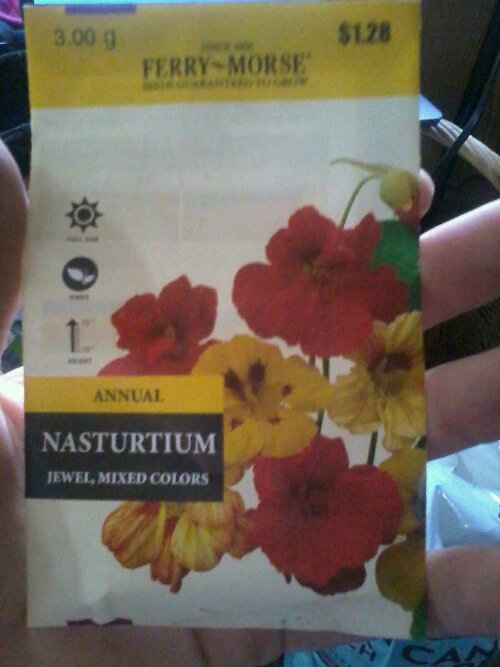Yesterday was the third meeting of the Lowcountry Fruit Growers Society. The main topic with how to grow your own pineapple fruit and a presentation was given by Kathy Woolsey. Kathy has a website of her own http://www.CypressGardner.blogspot.com. She did some great demonstrations and gave tips on how to grow your own pineapples started with a pineapple from the grocery store. She gave some really great tips including how to pick out a good pineapple at the store. I would like to pass on those interesting facts and tips on to you guys, so here goes.
To get a good pineapple at the grocery store make sure it has some yellow on it and make sure you smell the pineapple. It should smell sweet and delicious when you smell it. It is always very important to smell your produce. If it doesn’t smell good it probably won’t taste good either.
If you plan on keeping the top in order to grow a pineapple, make sure that the tops in pretty good shape in has a nice shape to it. Before getting the core of your pineapple, which it helps to have a special tool for, cut off the top of the fruit. After that you can go ahead and eat your pineapple. If you have a pineapple corer that makes it a lot easier.
After that you can break the edges off of it and this will actually expose little roots that are already growing.
Pull off the leaves on about the first inch or so of the stem. You might find roots growing there as well. Set it in some damp soil. The soil should be well-drained soil, like a cactus mix potting soil. Make sure that you do not over water your pineapple or you will cause it to rot.
Keep your pineapple in what might seem like a very small pot for the size of it. This helps get air into the root system, preventing root rot. In about 4 to 6 weeks your pineapple should be starting to get some pretty good roots on it an after 2 to 3 months your pineapple will be ready to be planted into a 1 gallon pot. Fertilize your pineapple with a good water-soluble fertilizer about every 2 weeks. By the time your plant is 6 months old the roots should be filling the pot and ready to go into a 2 gallon pot.
To overwinter a pineapple plan on bringing it inside your home are in a green house or even your garage, as long as it won’t get below freezing. Stop fertilizing during the winter and expect your pineapple’s growth to slow down significantly. By spring your pineapple will probably be ready to go into an even larger pot, but always make sure that the roots actually fill the pot it’s already in before transplanting. You should resume fertilization and place the pineapple in a location with full sun.
Many people are able to get a pineapple to grow but unable to get it to produce fruit. If you seem to be having this problem try using over ripe apple slices or banana peels in the pot and covering it with sheet. The fruit will produce ethylene gas which will cause the plant to go into flowering mode. What’s your pineapple plant produces a flower, make sure that it is outside so the pollinators can get to it. Poor pollination causes small fruit. As your pineapple fruit begins to form and gets larger place bamboo sticks around it to keep it from falling over. For the sweetest fruit, allow the pineapple to fully ripen and turn yellow on plant. After the first fruit, most pineapple plants will produce 2 or 3 smaller pineapples.














